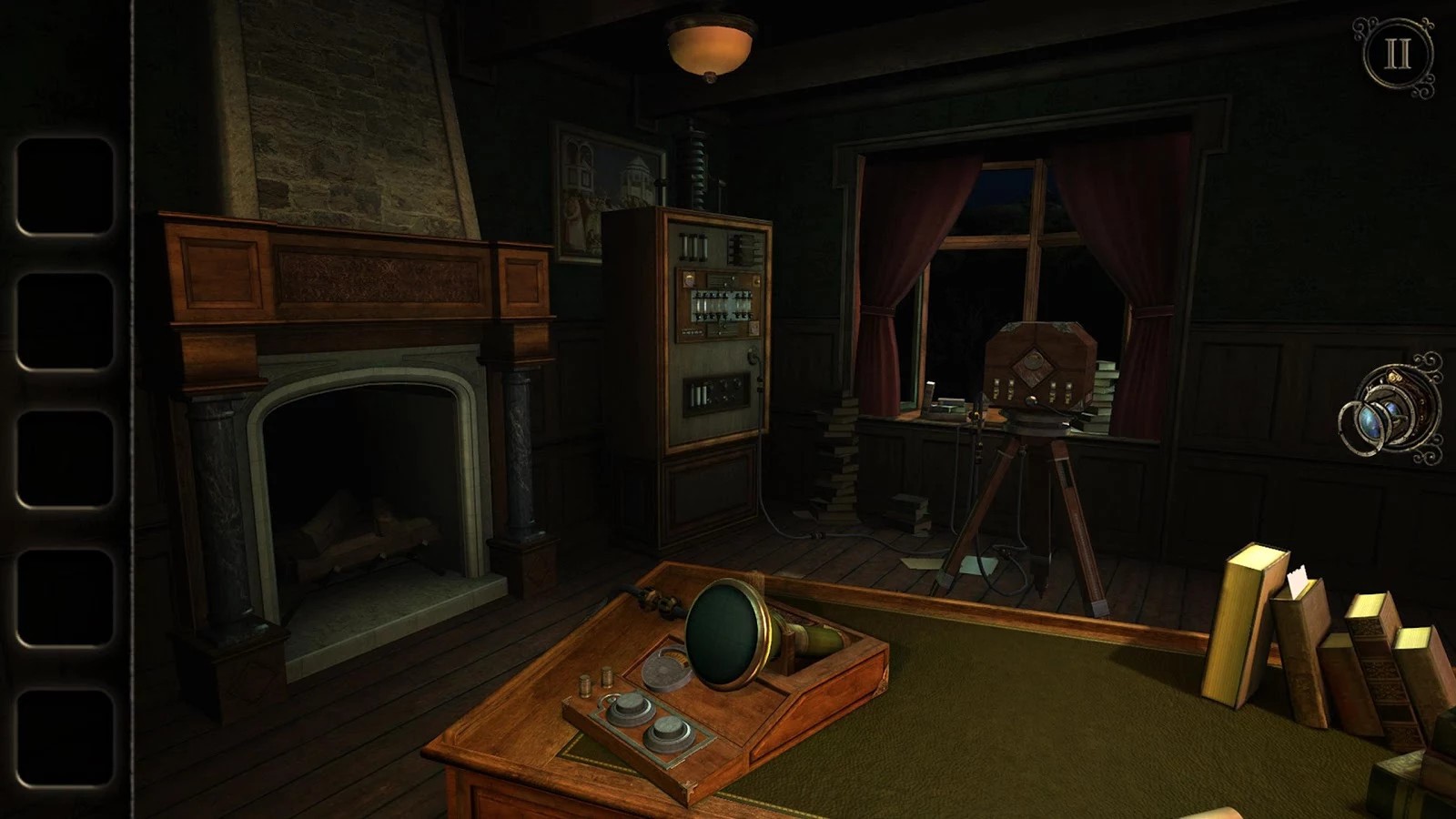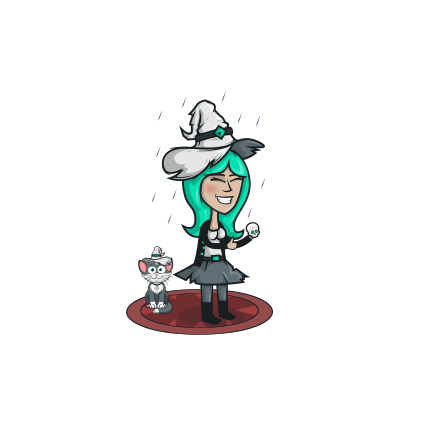The Room
This is a bit hard to accept, but the Nintendo Switch has reached a point where it's now a port machine, more than the Nintendo platform. Of course, of course, this is not a completely negative issue and it has its own advantages, apart from the fact that behind this platform is Japan's gaming pitch, Nintendo, and its huge directory of their franchises can easily be your only reason. A Nintendo switch. However, porting is a more specific concept for the Nintendo switch. Until Nintendo switches the power of the switch, each and every "thing" to turn on is switched on to Nintendo. The Nintendo Constellation's hybrid nature has been the source of gravity for many of the games of the past few years, and this has even gone so far that the games of smartphones, Android and iOS, which do not have a seat on consoles and even PCs, have opened their way to this system. They really have become a supercomputer port that has a wide range of games. The Room is the same category of ports. Find it either on your phone or anywhere else. Thanks to the Nintendo Switch's touch screen system, we also see the release of this puzzle on this console.
The Room is in fact the ultimate puzzle game for smartphones released in 2012, and after a few years, a more advanced and more sophisticated version of it for personal computers and finally this year for the Nintendo Switch was released. In terms of categorization, puzzles in video games are basically divided into two categories. Mathematical riddles and visual puzzles. In The Room, you only deal with visual visual puzzles. This may be disappointing for some, but you can concentrate slightly on the game, and you'll notice that the makers' decision to focus on visual, visual, and rigorous riddles has been a decisive decision. In any case, first of all, if you are tired of the visual riddles, do not play this game. This game is definitely not for you. More visual puzzles include the exact look of the environment, finding items, and linking clues to each other. Often there are no obscure or intriguing things in these riddles, but they nevertheless require extraordinarily high precision and at first glance, they are very complex and invisible. The Room follows the same rule. You will encounter a seemingly complex box-like object at any stage and you have to solve the main puzzle by finding the various items and connecting each element of the device to the next step. The first negative case of this game is its short. And the number of low-end laptops can not be justified even with the two subsequent parts (which have not yet been announced for Nintendo). The second negative case returns directly to the absence of any Replay ability or repeat value in the game. Not only is there no reason for you to finish the laptops after finishing the game. This is the case in many independent games and puzzles. They are short and non-repetitive, and this low lights the value of the game and the efforts made to design their creative puzzles and the visual design of the game. Apart from the two cases, the design of the puzzles and the regular and innovative use of various elements of the game are quite high-level and enjoy the resolution of most puzzles. There are several clues in the game at every step, which is very slack and unappealing, and in combination with being too dumb, there is no reason why you will not be able to play the game.

The Room's use of the Nintendo touch screen is commendable and will be less likely to be faced with mistakenly missed games. The case that makes the Nintendo port switch slightly to other versions; the use of Pointer's pointer to control the marker in the Nintendo Switch's home state. The caliber and Pointer response are very accurate and accurate, and during this one and a half years of switching, The Room is perhaps one of the few games that it's used to function properly. But that's not a problem. The main problem with this playback is the extreme sensitivity of the motion sensor. Try to minimize the sensitivity and sensitivity of the game in the game settings to the extent required. The precise and close choices make up the Room's perimeter arrangement, and if you do not lower your sensitivity, you can not have any exact choices at all, because the touch sensors also have extremely sharp and sharp reactions to your vibrating hands in a steady state. Gives. The biggest problem on the Nintendo The Room is the moment you finish the game. The game is fictitious (and partly in terms of its own gameplay and overall structure) unfinished to the end and tells you to wait for the next lighter and wait for the next fan to be released. This scenario works well for many games. But by no means can we expect a scenario for the game, all three episodes and its sequel released on mobile phones, will also respond. What does it mean to wait for the next part of the game that is already available on other platforms. This is one of the few items worth the game to reduce because of its publisher's mistakes. The appropriate scenario in this case certainly was the supply of three parts simultaneously, or at a short distance from each other, and the release of a pack of three copies. To maintain this kind of game continuity for a collection that has once been fully published once. Moreover, apart from the issue of the full release of the game on another platform, the mysterious style is not at all a stylistic style that you want to split between episodic sections. There is no compelling reason for this. There are no ropes to draw the audience for the second version experience as an episodic title in this genre.
Finally, I want to clarify a little bit. I said that puzzle games have recently been short and unrepeatable and that's bad. Well, I have to say a little flawed I said. The point is that short and non-repetitive games can also be masterpieces. Undertale and Journey, and Abzu and Bonaticula are all games that take a little while and do not bring any new experience. But their final impact is extremely high. They are a powerful moment of a touch. If they remain more painful for a while, they do not make sense even shorter. So for the duration of 3 to 4 hours, they have the deepest impact on their player. The Room is not rooted from the root. Due to its structure, it requires time and number of leftovers and riddles to reach its peak, and the publisher and maker of the game have been well aware of this issue. Still, this stretch is needed behind an episodic barrier to completely disturb your experience, and this is the biggest problem facing the Room.







I look forward to playing it and see what i thinkof it. Wish me luck.